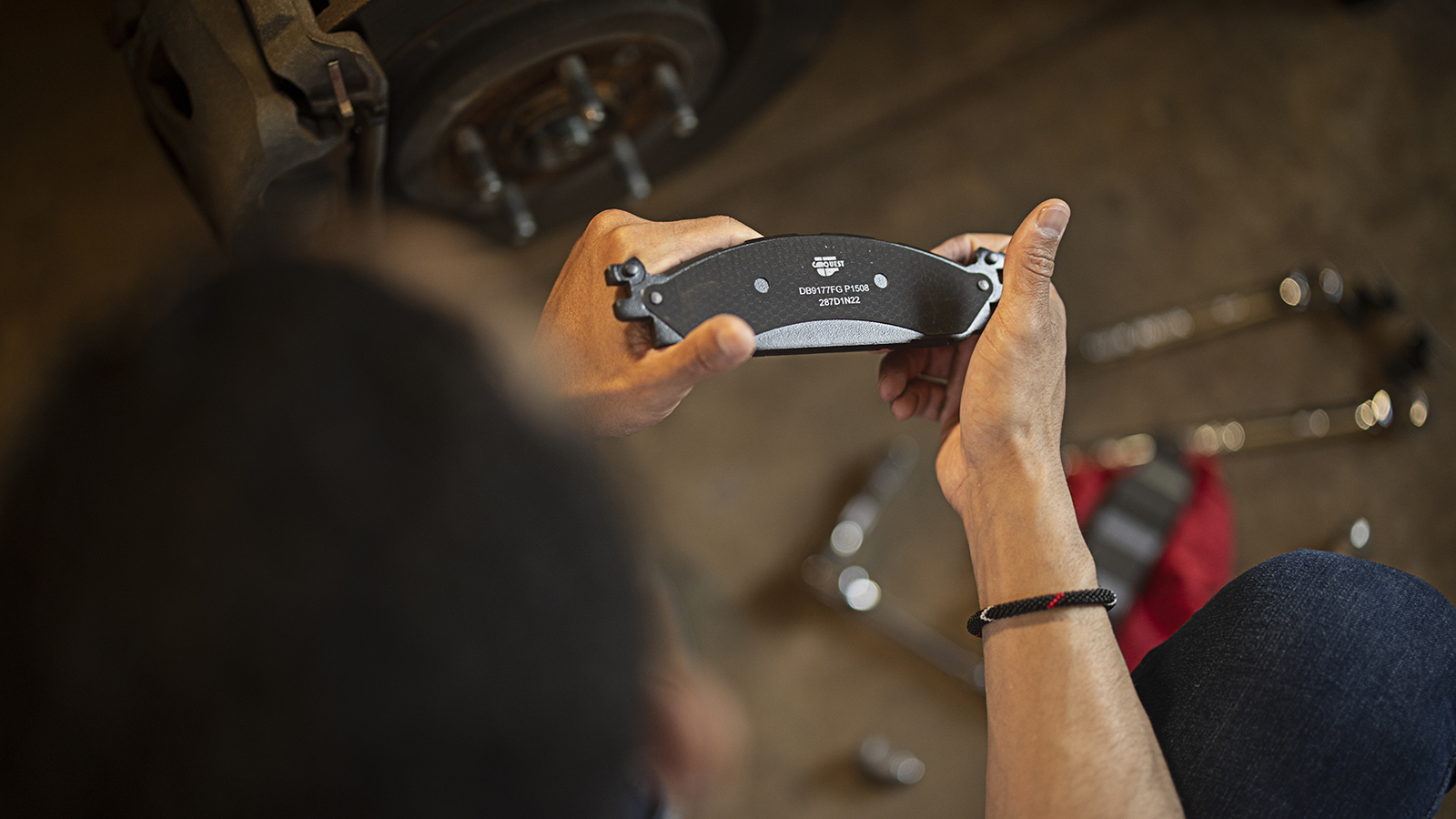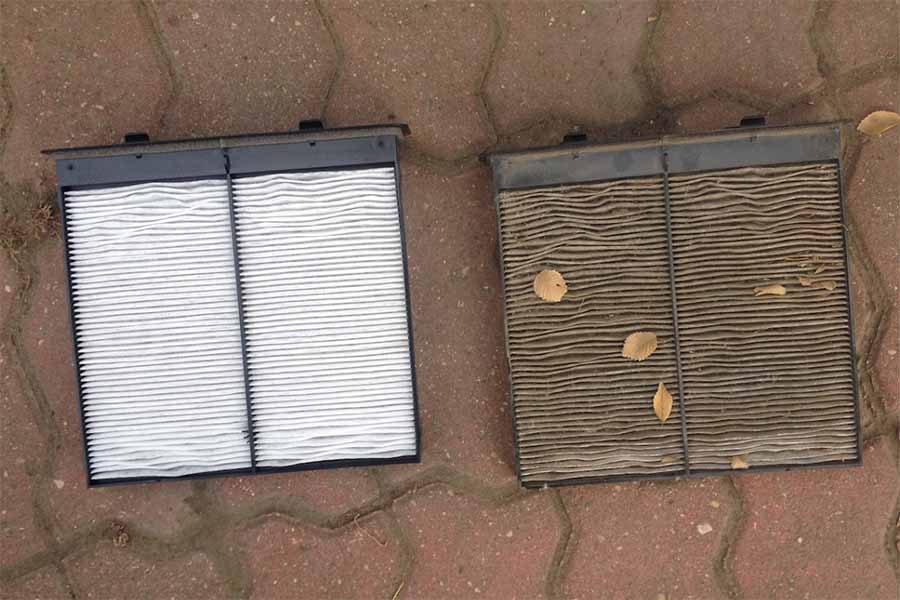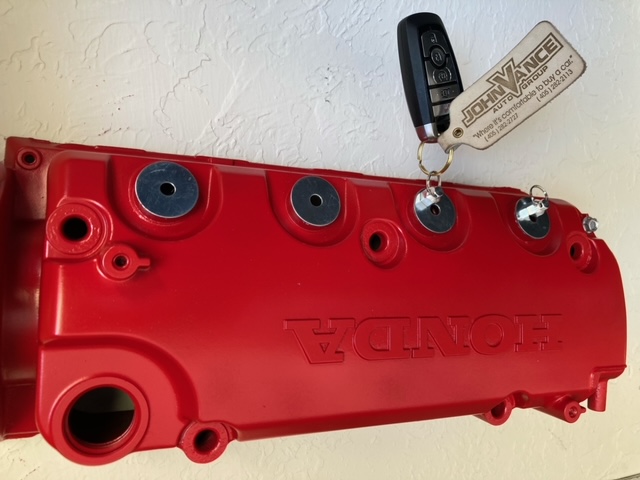Look around at the cars on the road next time you go for a drive. The average vehicle on US roads is probably obsessed with Fortnite since they're now approximately 12.2 years old, according to S&P Global Mobility. With that age comes wear and tear, and a certain amount of required maintenance. Here's what to expect if you're buying used or if you're planning how to keep yours on the road even longer.

Why Cars Are Getting Older
You don't need a new car. Sure, maybe your daily driver was wrecked, or perhaps you need a truck to tow a new boat. There are reasons you need a different vehicle, but you don't have to buy new. Buying used can save you tons of money off the purchase price while delivering years of reliable service. There are a few reasons the average vehicle age continues to creep upwards, but none of it means you missing out.
Better Built = Longer Lasting
While 1960s cars looked great, they were typically worn out and ready for the salvage yard around 100,000 miles. Mechanics back in the day even recommended scrapping a car at ten years old. Sloppy tolerances, imprecise carburetors, and lack of corrosion resistance meant you weren't passing a mid-century car to your kids. Fast-forward like a VCR to the '90s, and everything was different. Tighter engine tolerances, EFI reducing carbon buildup, high-quality synthetic lubricants, and proper rustproofing allowed six-figure mileage to become routine, even expected.
New Cars Are Expensive
Checked the prices of new cars lately? When discounts below MSRP disappear, and “market adjustment" fees of thousands of dollars are common, a new vehicle can seem out of reach. Kelly Blue Book reported that the average transaction price of a new vehicle passed $48,000 in 2022. Keep in mind that's an average of all vehicles, and if you're looking for something in demand like a full-size truck, KBB reports them trading hands at just over $63,000.
On the other end of the vehicle spectrum, Consumer Reports found the average cost of maintenance and repairs on a ten-year-old vehicle averaged just $406 annually. Doing the math here, that's under $35 a month in maintenance and repairs for an older car, far lower than any new vehicle's monthly payment. Compared to buying new, keeping the older vehicle on the road is a bargain.
Benefits of Used Cars
Here are the pros to keeping your old ride on the road, instead of buying a new one.
- No ridiculous five-digit “market adjustment fee" on older cars.
- A lower purchase price means a lower monthly payment.
- Used vehicles often have a shorter loan term or a low enough price that you might be able to buy outright. Look to towing auctions for cars with three-digit price tags.
- Depreciation is your ally. A new car can lose up to 20% of its value in the first year, but used buyers don't have to worry about that.
- Lower value equals lower insurance costs, and sometimes you can get by with just liability insurance.
- Less stress. Forget worrying about parking a half-mile from the store to prevent door dings, or crying over that first rock chip. Pre-owned vehicles may already have a few minor cosmetic flaws, so you'll be less concerned about it.
- Recalls and factory flaws should have been worked out by the first owner.
- Lower carbon footprint. A used vehicle has already generated pollution during production, meaning it is “greener" to continue using it rather than starting over and having another new vehicle produced and the old one scrapped.
- Vehicles start consistently showing up in salvage yards at around ten years old. This offers an additional source for cheap or hard-to-find parts.
- Larger aftermarket. If you're into vehicle upgrades, brand new often isn't the best choice. The established aftermarket for the ten-year-old Ford Mustang or Subaru BRZ dwarfs the parts availability of the current model year.
What to Expect in an Older Car
If you're buying an older car, or expect to keep your ride until the wheels fall off, here's what problems to look for in a vehicle as old as your Iron Man 2 DVD and iPod Nano.
Maintenance
The biggest/easiest/cheapest way to keep an older vehicle on the road is with routine preventative maintenance. On-time oil changes, filters, coolant, brake fluid flushes, belts replacement, and chassis/bushing/hinge lubrication all prevent breakdowns.
Step one after buying any used vehicle is to perform basic maintenance if the timing is unknown or service records are missing. Check the owner's manual for advice and use the right maintenance schedule according to how you drive. If this is your older ride that lacked maintenance, it's time to get on it before that $50 maintenance becomes a $500 repair.
Suspension
A car's suspension will take a beating over 100,000+ miles of pothole-cratered roads. A worn-out suspension might show as a rough ride, excess bouncing over bumps, squeaks or thumps when turning, and a noticeable dive when braking. Fortunately, suspension parts are usually quite affordable and have an easy-to-moderate difficulty for a DIY installation.
For a 12-year-old vehicle with average miles, expect the original shocks and struts to be on their last miles. This causes the rough ride and bouncing, plus additional noise in the cabin, and a skittish feel on the highway. While replacing rear shocks can be shockingly easy, front Macpherson struts can put up a fight for a novice. A tip to make the process easier is to follow the steps in a repair manual and spray the required bolts in penetrating oil a few hours before starting the maintenance.
Power Equipment
The second biggest complaint about a tweenage car is the power equipment, which includes items like keyless entry, alarm, tire pressure monitoring system (TPMS), and even accessories like the wiper motor. It's easy to swap out the battery in your key fob but other elements might be a bit trickier to fix.
The TPMS shows a light on the dash because the individual sensors in each tire have a battery that lets it communicate wirelessly with the vehicle. This battery is not so easy to replace, but is easily, quickly, and affordably performed at your local tire shop. The windshield wiper motor can fail in some vehicles around the 12-year point. You'll notice this when the wipers fail to respond to activation, and you may also hear a grinding noise — here's how to replace the motor yourself.
Brakes
If you don't have maintenance records for your new-old ride, don't trust the previous owner: get the brakes replaced. Brake pads are good for 30,000 to 70,000 miles, and brake rotors average 60,000 miles before replacement. For the best performance, swap the pads and rotors at the same time. On your older car test drive, listen for a squeal when applying the brakes, which indicates the pads are near the end of their service life.
If the rotors are shot, you might have a pulsing feel in the brake pedal, and/or a low grinding noise. Note that wheel bearings can deliver similar symptoms to brake problems when they're are on their way out. Wheel bearings generally last around 100,000 miles, so keep this in mind before throwing a pile of money at the brake system.
Noises/Leaks
Ugh, used car sunroofs, right? They're awesome for the first owner, but the fourth owner with 150,000 miles on the clock gets to experience the leaks. This is likely the weather striping, which is essentially a gasket in the sunroof opening that has torn or corroded to the point it causes a leak.
You'll see this as a drip into the cabin or a wet headliner. It's uncomfortable and causes more potential problems by exposing the interior metals to corrosion. A new weather strip solves this problem, and again, it's an easy and affordable repair for any beginner to tackle. Read up on how to replace the weather strip, and grab the appropriate weather strip, cleaner, and adhesive.
HVAC System
If you've ever seen an ad for an older vehicle, you'll notice “Cold A/C! Heater works great!" called out. That's a selling point because older vehicles don't always have working air conditioning or heat. If your A/C or heat isn't blowing anything at all, this is a likely sign of a failed blower motor or resistor. Everything from the second-generation Toyota Prius to the only-generation Chevy Cobalt tends to use up the blower motor and/or resistor around the ten- to twelve-year mark.
Both are affordable repairs, often well under $100 when DIY, which is well worth it to have functional HVAC during hot or cold weather. It'll make the difference between a comfortable old ride or a punishing beater that you can't wait to scrap.
Sensors
While seemingly a minor issue - you can still drive (poorly) with a failed oxygen sensor - you should replace broken, damaged, or failing sensors. Some, such as a failed MAP sensor, will insist on immediate replacement, as the vehicle is undrivable until the issue is fixed.
Symptoms will vary by the sensor, but you'll usually see a check engine light. Have a look at the most common trouble codes, and consider adding a code reader to your tool chest if you don't already have one. Code readers can often pinpoint the exact sensor issue, and all you have to do is unplug and unbolt the failed sensor, and replace it with a new one. Bonus: use the code reader to clear the code once the repair is complete.
Don't buy into the fear of missing out in the current new car market. Wait a bit, give it a year for the market to cool, and give that old ride some love.
What do you need to do for your older ride? Let us know in the comments.








